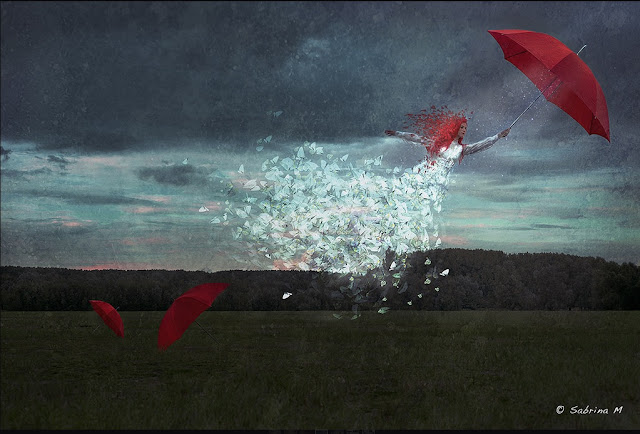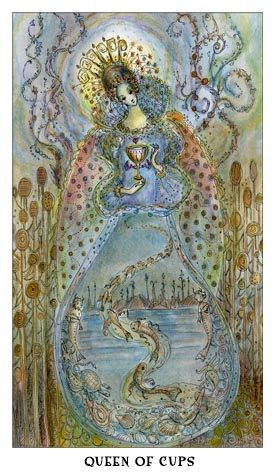May your year be full of happiness, love and prosperity.
What would be a better time to set intentions and start manifesting than the turn of the year?
To be honest, I'm a newbie in this manifesting business and I've been a hardcore sceptic about the whole concept. However, the more I read about the nature of reality (quantum physics, neuroscience and different philosophical takes included), the more I start to - if not 100% believe, at least suspect, that thoughts affect our lives much more than previously acknowledged. So why not imagine and visualise the best possible outcome - the effect can only be positive or neutral, after all.
To know where you want to get, you most often need to learn where you've been and where you're at right now. Another important aspect is knowing why a particular goal is important to you. After all, people want to be in a relationship, change jobs etc. for a myriad of different reasons and no life path is the same for two persons. So, let's explore.
This blog is about sharing knowledge but also recording my own thoughts, practice and progress, so it's quite natural to share readings here to show what interpretations cards can get.
Here are a couple of very handy and topical spreads for the New Year...
The Bridge from the Little Red Tarot - where have you come from and where are you heading. Lay the cards horizontally in a semi-arch to form a bridge, the highest point being card #4.
1. What you have left behind; KING OF SWORDS. This King is the embodiment of rational, logical, analytical thinking, and a "thought authority", such as a work supervisor in a very mental field. I work in a legal/engineering/commercial field and this card often comes up relating to my job. Personally, it also means that I've left behind the mindset that only relies on conventional natural sciences: the measurable and verifiable. I'm moving towards a more intuition- and experience-based world view that also acknowledges the value of emotions and unverifiable: the mystic side of life.
2. The hardest lesson you learned: 3 WANDS. This card traditionally means planning for the future, but I've come to realise it also means: being able to be fully oneself. It's the moment when plans align with passions - things start to fall in place because you believed in your vision and were willing to take a chance to make it happen. I've left behind my home country, my family and relatives, my established social circles and a career along with my native tongue, culture and (ex-)husband in order to find the true me. And now I've successfully arrived - into myself, at the other side of the world.
3. Something that helped you: 8 WANDS. This card is about fast-paced communication, action, swift movement, travel and internet. Yes, all of those helped me. It's now easy to keep in touch with the loved ones via technology, and I also love chatting and blogging. I travel as much as I can, also to my home country, and in general I love fast-paced action and newness. Thank you for your help, 8 Wands!
4. The high point – where you are right now, looking back and looking forward: 3 CUPS. Friendships, close connections, gettogethers, reunions, loving the company you have and having fun. Yes, my life feels now fulfilling in terms of social life and even though I've left behind some loved ones, I've gained a lot of new friends and also online connections - I frequent at the Aeclectic Tarot forum for the interesting, intelligent people who interact there.
5. The next step: QUEEN OF WANDS. This Queen is all about fire, energy, passion and drive. She's fun-loving, enthusiastic, inspiring and creative go-getter. Queens in general mean the energy of the suit turned inward, experienced internally: Queen of Wands deals with her emotions in the field of passion and creativity. Kings in turn are mentors, authorities, leaders of others, and expand and empower the energy of the suit in others. However, the Queen of Wands is also an inspirer. I'm more than happy to see her pop up - and me becoming her, my favourite Queen!
6. Something that will help you: KNIGHT OF PENTACLES. Hard work, slow approach, willingness to complete a task after task, being dutiful and loyal. So clearly I don't get to be the Queen just like that, there's some tedious, slow work ahead. Maybe it's about this blog: Rome was not built in a day and neither is a successful, popular teaching tool. This Knight is a reminder to stay patient, bow your head and just keep ploughing it.
7. Your destination: the new shore: 6 WANDS. Well well well, that's what the doctor ordered. The card of success, celebration, acknowledgement, recognition, acclaim. I don't know in which area of life I'll prove to be popular and successful, but I'd take this card in any area, s'il vous plait. Maybe it's my tarot readings, maybe it's something else, but this is probably one of the most welcome cards for a New Year's reading. Great to end on a high note!
A similar spread can also be used for setting intentions for the coming year.
Lay the cards like you'd do for the Bridge, but the positions in this spread are:
1. Where are you now?
2. What should you leave behind to achieve the goal?
3. What is the most important element for you in this goal (a lesson to learn, an emotion you want to feel etc. to pinpoint, why this particular goal is important to you)
4. The best advice regarding this goal?
5. Help available for you to achieve the goal? (can be internal or external resource).
6. Your special strength/skill to achieve this goal?
7. Where you'll be by the end of the year regarding the goal?
Best of luck with the plan!
 |
| Happy readings and celebrations! Photo Stocksnap.io |





















